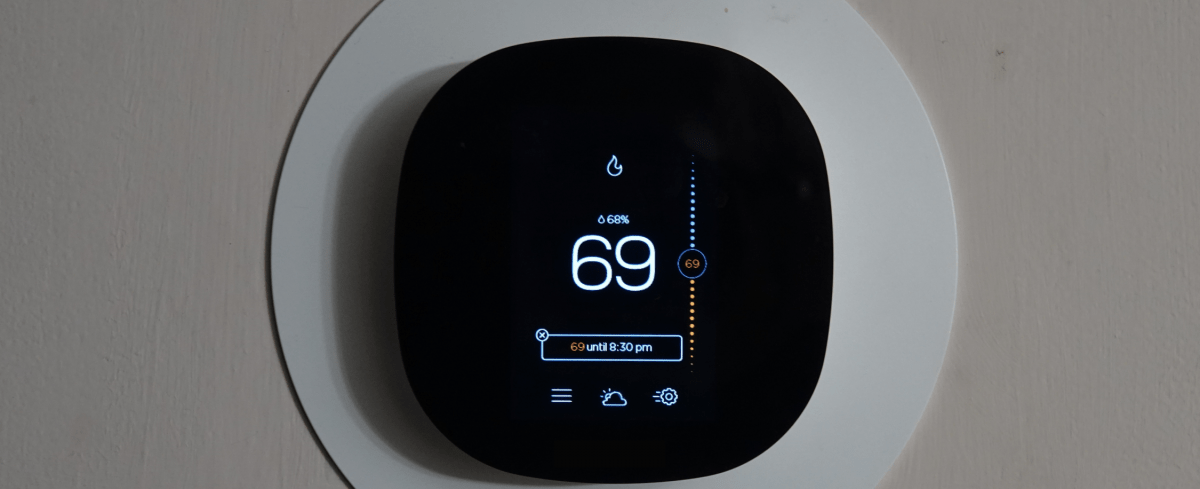When Walter O’ Brian built a smart building in the TV series “Scorpions,” many thought it to be a figment of imagination. The capabilities of that building were too good to believe. Yet, seven years from the date of airing of the episode, now we might realize that it might not be so impossible. While smart buildings, as shown in the series, are still a thing of the future, some features are becoming a reality in today’s world.
The commercial real estate sector has always been plagued by redundant maintenance works, never-ending lists of unfinished bill calculations, and a lack of transparency in validating revenue generation. As a result, both the tenants and the operators are left with much guesswork.
The good news is your old building can be transformed into an intelligent building. It won’t be as smart as shown in the movies yet, but it will be a lot smarter than whatever exists in today’s-built world. And the benefits are multitudinous.
Benefits of an intelligent building
Having a building that ‘tells’ you about its issues sounds fascinating. This can be made possible by outfitting your existing property with relevant smart devices and monitoring their status via a real time dashboard. The smart devices can be attached to any kind of lighting, HVAC, electrical systems, and other locations that monitor occupancy rates, visitor information, and status of facilities used. The building management system takes the smart devices online and constantly tracks every device and location as per requirements. The control system allows transmission via a wired or wireless network and collects the data using several actuators to store and analyze them. The complete procedure is automated and connected to a platform that displays all the required data using a dashboard on a real-time basis.
Some benefits of collecting and analyzing these data are:
- Optimize the operating costs for the building
- Enable a better maintenance schedule
- Understand occupancy levels and cater to tenant demands
- Boosts tenant experience and productivity
- Become more energy efficient
- Promotes sustainability through constant monitoring and periodic updates
- Provide visitor information and improve security
- Monitor conditions and identify safety hazards to nullify them
Why is the evolution of smart building imminent?
Although slowly, the commercial real estate sector is steadily adopting automated solutions in real estate. The only perceived hurdles in the process could be the operators’ willingness to invest in smart solutions and the readiness of the property facilities. However, many stakeholders are realizing the increase in the value proposition that comes with modernizing the building capabilities and are coming on board.
The inclusion of automated insights in CRE processes brings in a lot of possibilities. Once integrated, the solutions can simplify the regular operational process quite effectively. The automation monitors temperature, humidity, HVAC operations, occupancy levels, and more. Therefore, it reduces the real estate sector’s over-reliance on manual processes, facilitates accurate equipment monitoring, and takes care of maintenance issues and wastages efficiently.
Since the integration is seamless, onboarding the existing facilities and equipment can happen without any glitches. Deploying such a solution can improve the property value through process streamlining and offers sustainability in retaining or acquiring tenants.
Strategies to reconfigure your old commercial property
While getting your functionalities onboard, you should look to validate your needs to set up the right systems. If you are skeptical about the spending, you can opt for a gradual process. This way, you can spend on the features per priorities and include other tasks in a phased manner. Following a structured approach would help you compound your savings and judge the actual capabilities of the automation system.
Before embarking on such a journey, you also need to identify the scope of implementing certain features. You must realize that you cannot use sensors on every instrument and strategize a schedule for structured installation.














